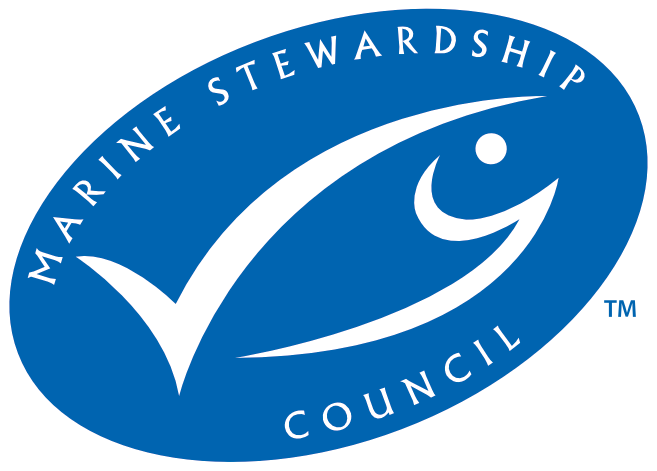
- Certifier :
- Bureau Veritas Certification
- Certified status :
- Certified
- Certified since :
- 28 Nov 2013
- Certificate expires :
- 03 Sep 2028
Overview
Fisheries are composed of one or more parts, each of which is entitled to receive an MSC certificate. These parts or “units” are defined by their target stock(s), fishing gear type(s) and if relevant vessel type(s), and the fishing fleets or groups of vessels.
When the term “Unit of Certification” is used for fishing units that are in assessment, it refers to the “Unit of Assessment” or “Unit of potential certification”. Expand a status below to view the parts that form this fishery. To check the detailed scope, download the latest certificate or open the Assessments page to get the latest report. Find out more by visiting our page on Fisheries
Catch by Species
| Species | Reported Catch Year | Metric Tonnes |
|---|---|---|
| Haddock (Melanogrammus aeglefinus) | 2024 | 164 |
| Atlantic cod (Gadus morhua) | 2024 | 8,476 |
Information is provided by an independent Conformity Assessment Body as live weight (the weight of species at the time of catch, before processing) and where a fishing season covers multiple years, the end year is given as the reported catch year. Additional information is available in the latest report, see the assessments page.
Eligibility, client groups and vessel lists
A fishery may choose to define the members of the fishery certificate. These members can be vessels or other client group members (e.g. companies that own vessels and/or companies that are named as eligible to handle certified product covered within the fishery certificate scope). Please refer to the fishery certificate statement on additional product specific eligibility criteria (e.g. product eligibility limitations, eligibility date, exclusive points of landing and the point where Chain of Custody certificate is required). Please consult the fishery Public Certification Report for product eligibility rationale.
| Documents | Published on | Files |
|---|---|---|
| Vessel List | 26 Mar 2025 | 1 files |
About this Fishery
Cod is the most iconic fishery species of the North Atlantic. It can be found from the surface down to around 600m depth, but is most abundant between 150m and 200m.
Haddock, which is closely related, has a similar geographic range to cod. It tends to be found slightly shallower than cod, preferring a depth range of ~75-200m, although it can also be found down to 600m.
The Barents Sea is the main nursery and feeding area for northeast Arctic cod. Stock levels are in good health.
Fishing gear used in the cod and haddock fisheries of the Barents Sea and North Atlantic is designed to capture larger fish while minimizing the bycatch of juveniles.
"In a sector under constant scrutiny and under intense pressure from conservation organisations, businesses, associations and stakeholders in general, we must not be afraid to submit to third-party sustainability appraisals in which these stakeholders participate." - Iván López, chairman, AGARBA
Market Information
Agarba's main markets are Spain and Portugal, where 90% of its product is sold as frozen cod fillets and 10% as salted cod. Compagnie des Pêches Saint-Malo and Euronor primarily sell their cod and haddock in France and Western Europe, where most of their fish is distributed.